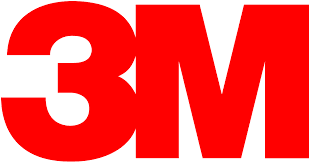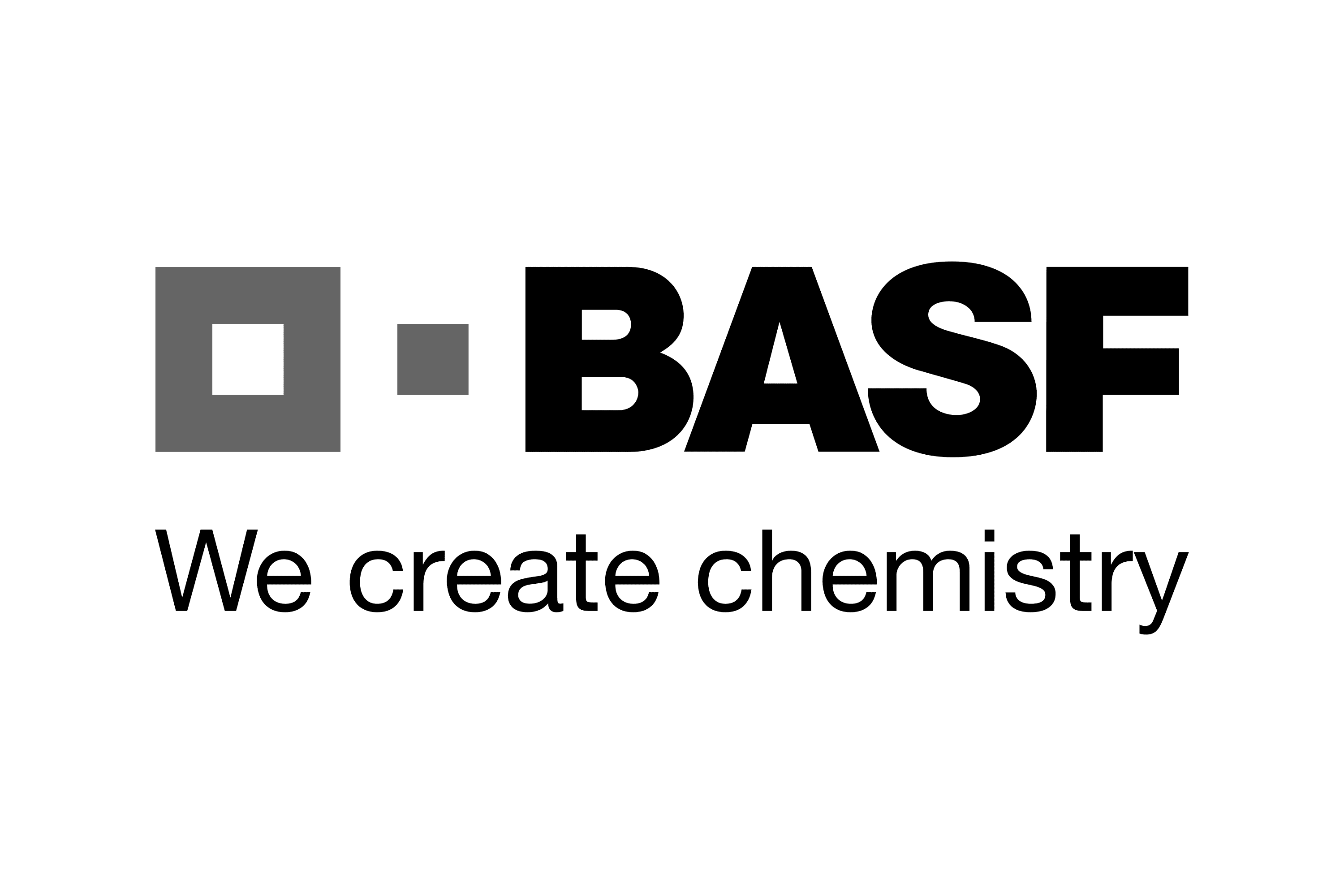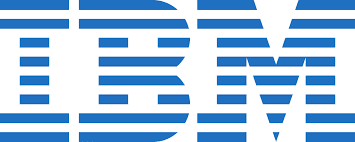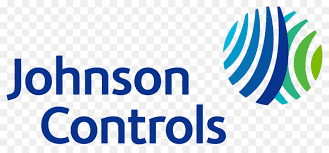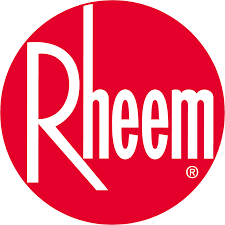
Expand and Succeed with a Tailored Go-To-Market Consulting in Latin America
Latin America presents vast opportunities for business expansion, but success requires a well-structured go-to-market (GTM) strategy tailored to the region’s diverse and dynamic business landscape. Whether you’re entering a new market, refining your sales approach, or launching a new product, understanding the unique economic, regulatory, and consumer dynamics of each country is crucial. At Midas, we provide go-to-market consulting services that help multinational companies navigate these complexities and achieve sustainable growth across Latin America
Key Aspects of a Strong Go-To-Market Strategy in Latin America:
| Key Component | Description |
|---|---|
| Market Analysis | Comprehensive analysis of industry trends, local demand, and competitive landscape |
| Value Proposition Development | Crafting a compelling message that differentiates your offering for Latin American customers |
| Sales & Distribution Strategy | Identifying the most effective channels, partners, and market entry tactics |
| Competitive Benchmarking | Assessing key players, pricing strategies, and industry positioning in Latin America |
| Marketing & Demand Generation | Developing targeted campaigns that resonate with Latin America’s diverse customer segments |
| Go-to-Market Optimization | Enhancing strategies to improve efficiency, market penetration, and revenue growth |
| Product Launch Execution | Ensuring a data-driven approach to introducing new products successfully |
Challenges in Developing a Successful Go-To-Market Strategy in Latin America
Latin America offers strong potential, but companies expanding into the region often face critical challenges, including:
- Optimizing Regional Supply Chain and Distribution – Logistics and distribution strategies must be adapted to each country’s infrastructure, regional disparities, and market conditions
- Navigating Economic and Political Volatility – Countries within Latin America experience fluctuating inflation rates, exchange rates, and regulatory shifts that impact long-term planning
- Understanding Market-Specific Consumer Behavior – Each country has distinct cultural and economic factors influencing purchasing decisions and brand perception.
Learn the step-by-step process to develop a clear and actionable go-to-market strategy. Click here
How Midas Helps You with Go-to-Market Consulting in Latin America
At Midas, we provide customized go-to-market consulting services tailored to multinational firms operating across Latin America. Our expertise includes:
- Local Market Analysis & Customer Insights – Our experts delve into economic landscapes, purchasing behaviors, and industry trends to fine-tune your strategy
- Competitive & Industry Benchmarking – We evaluate market leaders, pricing strategies, and competitive positions to help you stand out effectively
- Overall Go-to-Market Strategy Development – We identify the optimal sales channels, refine pricing models, and establish key partnerships to maximize market penetration in each country
Looking to refine your go-to-market strategy or optimize a product launch in Latin America?
Some of Our Go-to-Market Consulting in Latin America Customers:
Case Example, Achieving Market Growth Across Latin America
Background and challenges
A multinational laser cartridge manufacturer aimed to strengthen its position across three key Latin American markets: Argentina, Brazil, and Chile. However, two major challenges stood in the way—low market share and the widespread presence of counterfeit and refill products. Without reliable data on the size of the counterfeit market and limited insight into competitor distribution strategies, the company faced difficulties in optimizing its sales approach


Approach
To provide actionable insights, we conducted a multi-country market analysis, combining secondary research with direct interviews across Argentina, Brazil, and Chile. We engaged distributors, competitors, and re-fillers to understand local market dynamics, assess the impact of counterfeits, and identify the most effective distribution and incentive strategies for each country
Results
Through a refined distribution strategy and localized incentives, the company successfully diminished the influence of re-fillers and strengthened its market position. In just three years, it had risen to become the second-largest player across all three countries, securing a competitive advantage in Latin America




